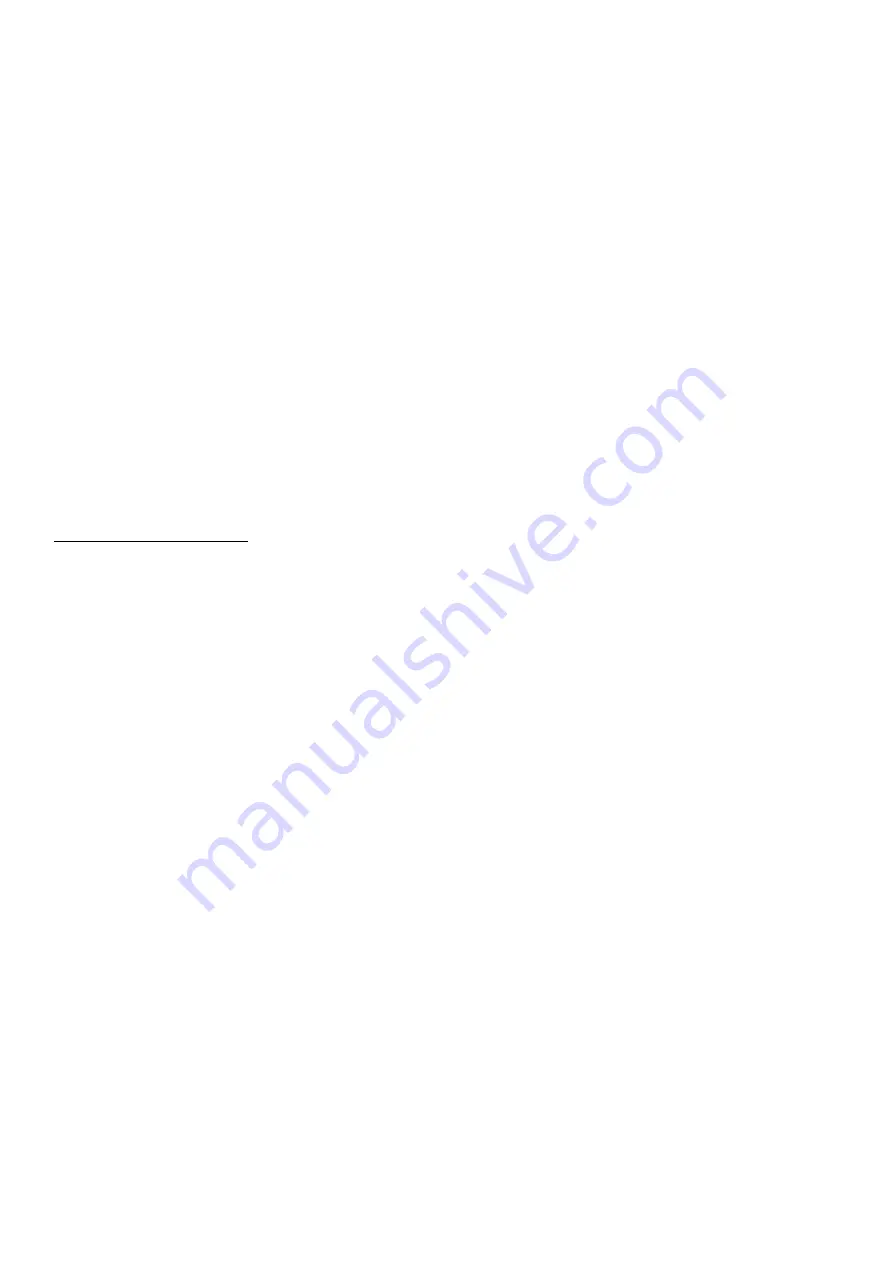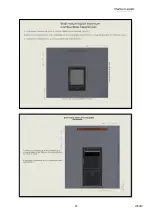
www.charltonandjenrick.co.uk
25
LT8019
•
Pass a tape measure through the core-drilled hole and record the distance from the inner and outer spigots to the
surface of the outside wall. Include the length of the spigots themselves in this measurement for the engagement
allowance.
•
Mark the outer pipe measuring from the terminal which will end up nearest the wall. DO NOT cut right through at
this stage, as the inner tube needs to be LONGER than the outside one. Failure to do this correctly could lead to
scrapping of the flue tube and having to order another to ensure safe operation. Cut the outer tube to length,
ensuring it is cut square and the edges are free from any rough edges.
•
Now measure from the same position for the inside pipe dimension and cut to length ensuring it is cut square and
the edges are free from any rough edges.
•
Apply flue seal or fire cement to the inside edges of both flue pipes and insert through the hole and onto the fire
spigots.
•
Drill the four fixing holes through the holes in the flange of the terminal and fix back using plug and screws.
•
If the flue outlet is fitted below 2m from the floor or a balcony then the flue terminal guard must be fitted.
•
Complete the gas connection (see connecting the gas supply later in this manual).
TIMBER FRAMED DWELLING
This method allows for installation in timber frame buildings. Where removal of any part of the inner timber leaf of
the wall is involved the structural integrity of the wall must be maintained and the advice of your local Building
Control Department should be sought. If the property is under N.H.B.C. cover, it is advised that their advice should
also be sought. Reference should be made to the British Gas Publication DM2 "Guide For Gas Installations In Timber
Frame Housing" or Gas Safe“Gas installations in Timber Frame Buildings” ISBN1
-902632-30-3
Special attention must be paid to the location of the studwork frames of the inner leaf and the appliance positioned
accordingly. Electrical cables and pipe work that run within the inner timber leaf must also be located and taken into
account when positioning the appliance.
The following methods of installation may be adapted for use in timber frame buildings providing extra care is taken
to protect combustible materials from contact with hot surfaces or build up of heat.
•
An insulation material (20mm “Superlux” or equivalent) must protect all combustible surfaces (including
plasterboard) situated within and behind the appliance.
•
Where the flue duct passes through the inner timber leaf a concentric hole 200 mm diameter should be cut around
the duct pipe, allowing a minimum 25mm air gap all round the duct pipe. A non-combustible sleeve 200mm
diameter must be fitted to these clearance holes. Sheet metal is usually suitable.
•
To ensure that any condensation formed on the duct pipe does not drip on to the inner wall a length of galvanised
wire must wrapped around the flue pipe and secured in position by twisting the ends together. Ensure that the
twisted ends are located at the bottom of the pipe and the wire is centrally located within the cavity.
•
The vapour barrier on the back of the inner timber leaf should be carefully cut and fixed to prevent ingress of
damp into the plasterboard layer.
Summary of Contents for Edge 3s BF
Page 15: ...www charltonandjenrick co uk 15 LT8019 Appliance Dimensions EDGE BF EDGE 3s BF ...
Page 21: ...www charltonandjenrick co uk 21 LT8019 ...
Page 22: ...22 LT8019 ...
Page 32: ...32 LT8019 SECTION FOURTEEN Wiring Diagram Maintenance Instructions ...
Page 34: ...34 LT8019 Register your appliance online today to active your warranty ...
Page 37: ...www charltonandjenrick co uk 37 LT8019 ...
Page 38: ...38 LT8019 ...
















































